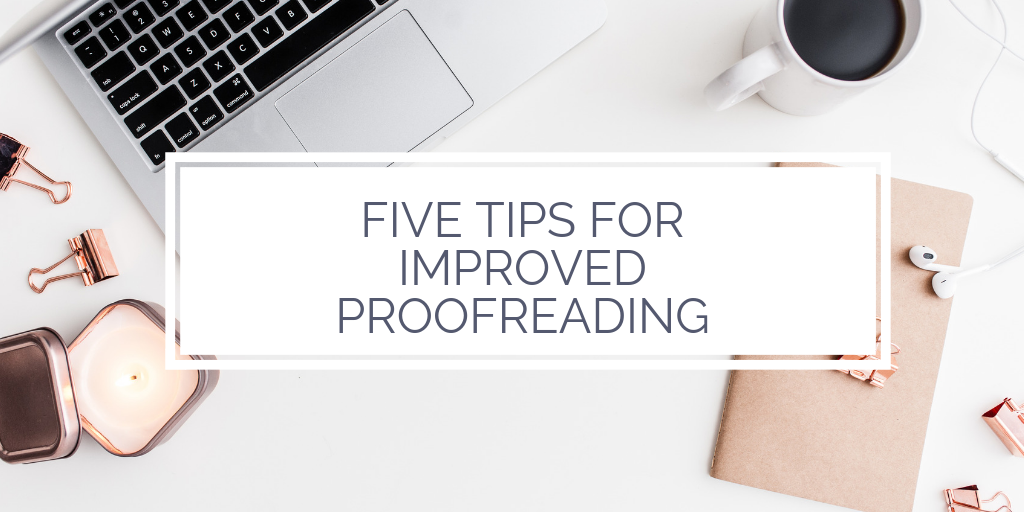5 tips for improved proofreading
It’s such a great feeling when you’ve finally finished writing your latest blog or the show notes for your next vlog. But before you prepare to celebrate—stop! Now’s the time to do that all-important final review: does the story’s structure make sense and does it flow well? Have typos been fixed and facts checked?
In publishing, reading the proof is the editor’s last opportunity to correct any mistakes which have gone unnoticed in previous reviews. But by the time you’ve reached the proofreading stage, you’ll probably be pretty familiar with your text so spotting any niggly little errors won’t be easy. While putting your proofreading hat on may be the last thing you want to do, it’s definitely the last thing you should do before you share your copy with the world.
Use these five proofreading tips to give your copy the shine it deserves.
1. Use your software’s spelling/grammar function
Your software’s built-in spelling/grammar function is an extremely handy tool. Using it can save you making some basic mistakes. In Microsoft Word, errors are highlighted as you type so you have a visual reminder to check your work. Remember though that the tool is not fool proof. Look carefully at its recommendations and only change the words, or accept the grammar suggestions, if you’re happy with them. Remember the thesaurus function as well—this is another handy built-in tool that can be really helpful when you’re struggling to replace a word you’ve overused.
2. Print it out
Although I always feel a bit guilty about this one, I find printing out my copy is incredibly helpful. When you see your words on a piece of paper, errors and inconsistencies suddenly seem more obvious. Read the text in your head and spell out each word slowly so you really see it. Pay attention to punctuation and check for words that you commonly mistype. When you’re finished, don’t forget to recycle the paper!
3. Read it out loud
Studies have shown that even though we think of writing and speaking as connected, the brain treats them as two independent processes. When we write something down, we’re more likely to remember it. When we read our story out loud, we’re more able to hear whether it flows well, is understandable or if there are gaps in information that need to be filled.
4. Give it the overnight test
Creating a bit of distance between you and your text will help you to look at it from a new angle. As part of my content development process, I always build in time for my copy to ‘bake’— leaving it overnight and coming back to it fresh the next day. By doing this, I see the copy anew, make edits, improve the language and generally taking it to the next level.
5. Ask someone else to have a look
If you’re like me, by the time you’ve finished your text, you’ll have read it so many times you’ll know it by heart. Unfortunately, this means you anticipate what’s coming next without really seeing the words. It doesn’t matter whether it’s a colleague, friend or your mum, having a fresh pair of eyes look over your work is a great way to get a new perspective, catch what you’ve missed and improve your text.

